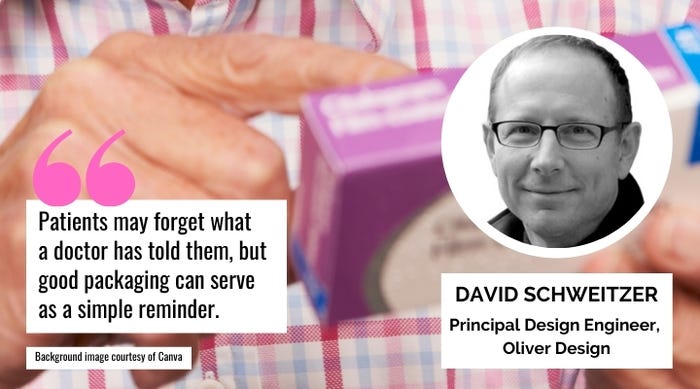How Apple Influenced Medical Packaging
Pharmaceutical and medical device manufacturers can learn how to foster brand loyalty and improve easy-to-understand/use instructions from good examples of packaging for consumer products.

For as long as I can remember, packaging has always been looked at as a necessary, but often unfortunate drag to a company’s profit margin. In the 2000s, Apple really challenged that paradigm. Apple was one of the first companies to thoughtfully consider the way a product was presented to the consumer. And in my opinion, it is thanks to Apple and others like them that people began to demand more from their packaging. Consumers started to wonder why earbuds could be presented in such an easy and intuitive way, while the packaging for their prescription drugs offered little to no benefit.
Throughout my career, there have been many times where I’ve walked into a meeting with a big-name pharmaceutical company, and someone brings in an Apple box or another consumer product to the table. With the shift in focus to consumer-friendly packaging, the medical industry was pressed to rethink its packaging, and how it could reinforce critical messaging including the proper administration of the product. Still today, the medical industry continues to learn from consumer goods packaging.
Many brands now understand that building relationships with patients and consumers starts with packaging. Doctors and patients always have a choice in prescription medication, especially in a competitive marketplace. With illnesses, like diabetes for example, healthcare providers will typically present a patient with several different options, letting the patient decide which medical device or pharmaceutical is right for them. The packaging can significantly impact this decision, and even create brand loyalty. After all, which package would you want — the one that is well branded and packaged in a way that is easy and straightforward, or the product that is in a plain box with a complex instructional sheet?
Handy instructions aid correct use.
Once the package is in the hands of a patient, the packaging continues to play a vital role. Patients may forget what a doctor has told them, but good packaging can serve as a simple reminder. Looking back, TVs and consumer electronics were some of the first to implement quick start guidelines, QR codes, and visual, step-by-step instructions for use. The pharmaceutical world learned quickly to adapt some of these best practices. One such practice included sequential instructions. You don’t want a patient opening a drug or device until it is ready for use, so by presenting contents sequentially, the patient opens and uses their drug or device as it is intended. It seems silly to say, but if you don’t present the product in a way that is difficult to ignore, people will indeed ignore it.

The shift that has occurred in consumer packaging has helped create many advances and advantages in the pharmaceutical world. It has forced companies to rethink their packaging, looking at it as an important part of their brand or identity. Today, smart companies know that packaging can enforce loyalty, help with instructional use, and retain efficacy of a drug or device.
About the Author(s)
You May Also Like




